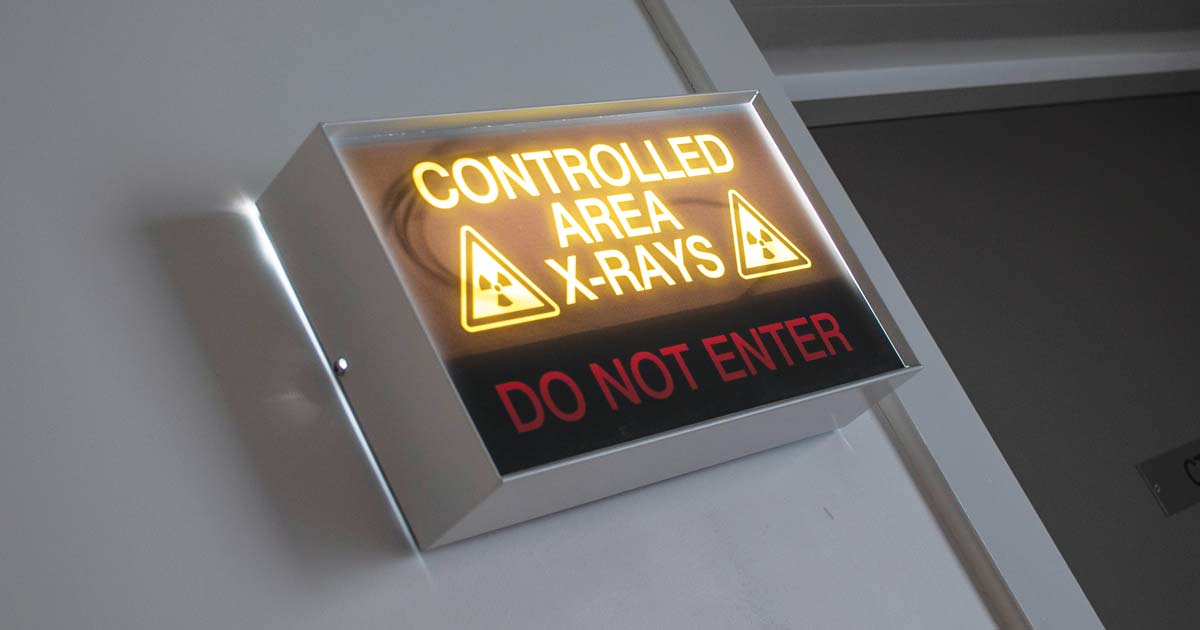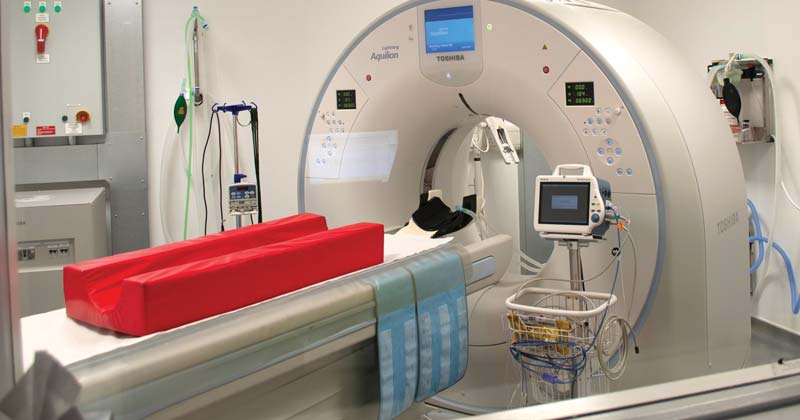23 Aug 2020
Advanced diagnostic imaging is fast becoming more than just “the gold standard” – it is now a realistic prospect for many first opinion practices. But what options are out there for those practices hoping to mine the opportunities on offer?


It wasn’t long ago that taking a radiograph meant first switching the processor on to warm up – usually at the same time as the kettle so that the morning cup of coffee could be squeezed in before things were ready to go.
A poorly positioned patient, incorrect exposure settings, a misplaced marker or dubious collimation all meant repeating a slow and tedious process to get a diagnostic image. Not surprisingly, the consequence was that few radiographs were taken.
The advent of computed radiography (CR) changed that, and now with digital radiography (DR) a full study can take just a few minutes. Storing and retrieving images is also significantly easier, with clients able to take away a digital copy of their beloved’s pathology for the obligatory Facebook post.
Even more recently, the development of fully wireless DR systems has meant that ambulatory equine vets’ clients can have hitherto unimaginable quality radiographs of a vetting series obtained in a matter of minutes, at the stable or yard, and available for digital sharing anywhere in the world.
Perhaps the biggest change has been in the field of advanced imaging. Advanced diagnostic imaging is a slightly nebulous term, but generally refers to cross-sectional imaging – CT and MRI – and, to a lesser extent, fluoroscopy. MRI has improved enormously, from better image quality and higher field strength to functional MRI and cardiac MRI.
However, the cost of the equipment, including maintenance/service contracts, is still high and the space requirements for the building infrastructure are significant. The upshot is that MRI remains the preserve of (predominantly) tertiary referral hospitals and teaching establishments, which are better able to justify the expense.
The picture looks very different for CT, and the quality of these systems has steadily improved and their physical size has reduced – as has the cost.
Nowadays, a practice can kit itself out with a new CT scanner, installed and up and running, for less than £150,000. But this price drop alone may not have led to the paradigm shift in the way that CT imaging is being used in UK practices today.
The other critical changes that have played their part are an improvement in the availability of high-speed internet access and the development of teleradiology services over the past decade.
Ten years ago, a practice wishing to invest in advanced imaging had to factor in two cost categories – the cost of the equipment (including ongoing service and support) and the cost of a radiologist. The cost of the equipment remains, but now practices have no need to employ a radiologist on-site.
Cue teleradiology; it’s now possible to send a study instantly to a recognised specialist at any time of day or night. Fees are charged on a per case basis and can be passed on to the client as part of the overall bill for the procedure.

Fluoroscopy is also seeing a surge in use because of the growing interest in interventional procedures, especially those relating to cardiac and vascular pathology, although they also have their uses in other aspects of surgery.
However, as with MRI, they remain, at present, the preserve of specialist hospitals, because generally it is these sites that employ the specialists who carry out such procedures, and have the staff and facilities to provide appropriate aftercare.
No discussion around capital investment would be complete if we did not also touch on the impact of the SARS-CoV-2 virus.
It is an inescapable truth that things have changed and it is reasonable to assume that we may never return to life exactly as it was before. That being said, not all of the changes are negative; some simply represent “different”, while some may even be viewed as positive.
It may seem imprudent to invest a large amount of capital at a time when most practices are working hard to recover from losses incurred during the pandemic. However, a carefully considered approach with cooperation among all interested parties can potentially make investment an appealing prospect, even in uncertain times.
For instance, a critical task facing most practices at present is to generate revenue at or above pre-COVID-19 levels. As discussed earlier, a thorough diagnostic workup can significantly improve a practice’s ability to do this and, in today’s world, this is an opportunity.
Technology advances apace and practices that embrace these developments stand to reap the rewards.
CT is now a realistic prospect for even small, first opinion practices, and the myriad benefits are numerous and varied.
Before investing, take time to explore the options. Speak to different suppliers, key opinion leaders, staff and anyone else you know who may provide valuable insight. Do not be afraid to ask difficult questions.
Make a business case, keeping in mind the broad scope of potential revenue streams from a CT system, as well as all associated costs.
Explore alternative funding routes – now may be the moment to secure a deal that will mitigate the risks of investing in these unusual times.
Advanced imaging has long been the gold standard in veterinary diagnostic imaging and it is the case now more than ever. The real change is in the increasing accessibility of CT even to small, first opinion practices. It represents an exciting business opportunity for those willing to explore it.